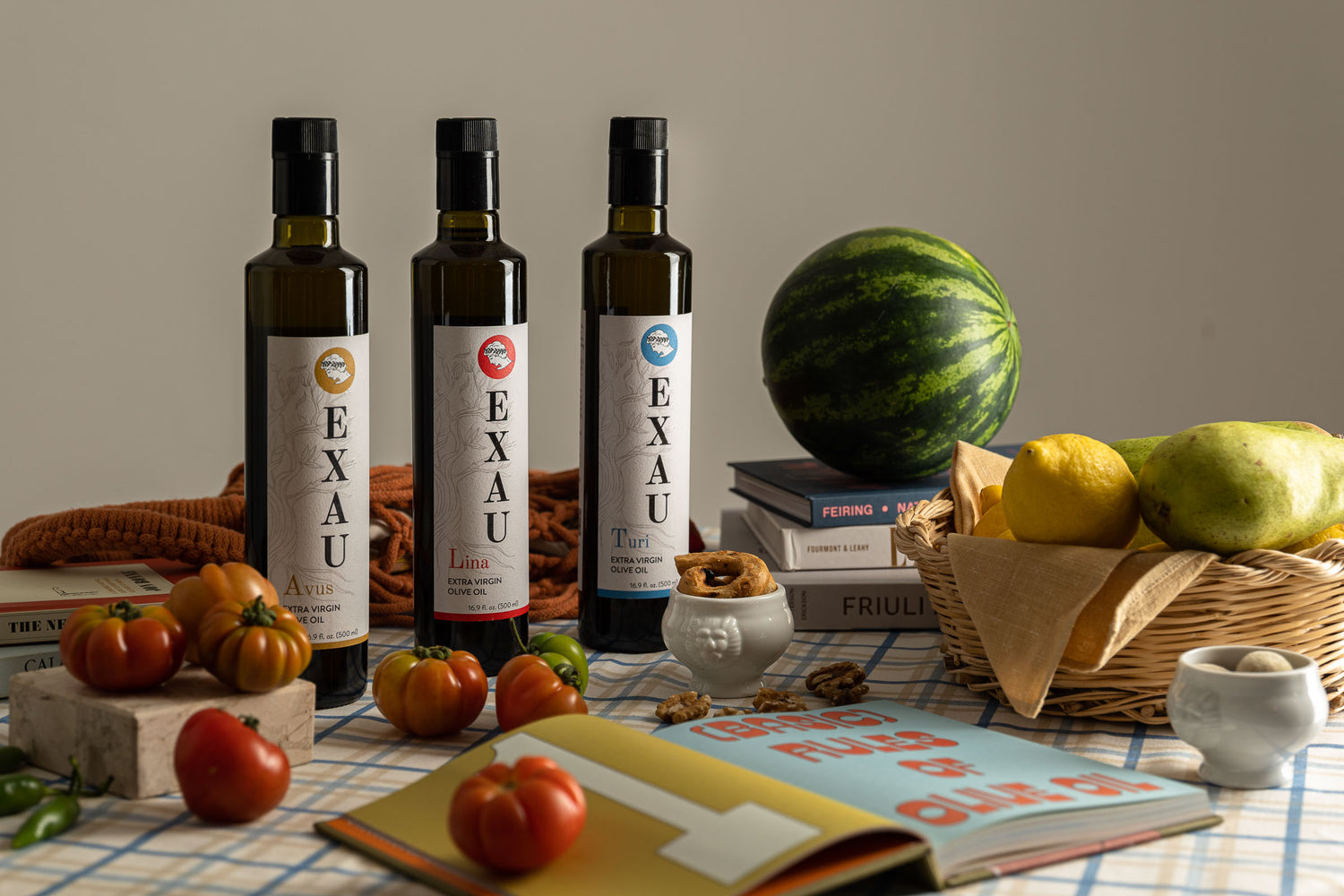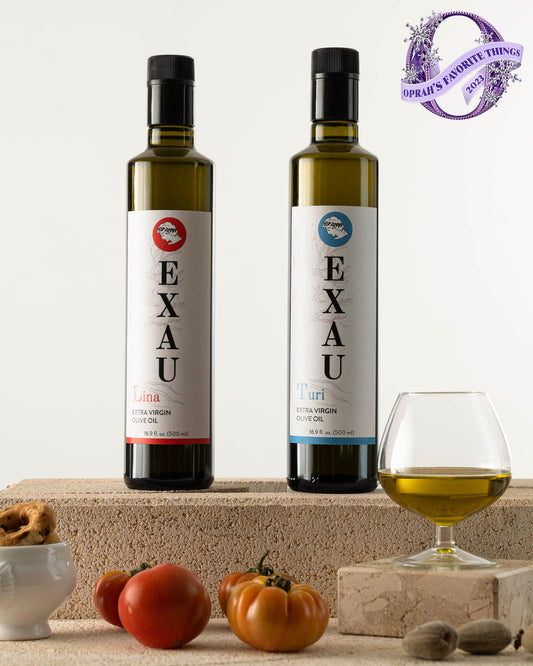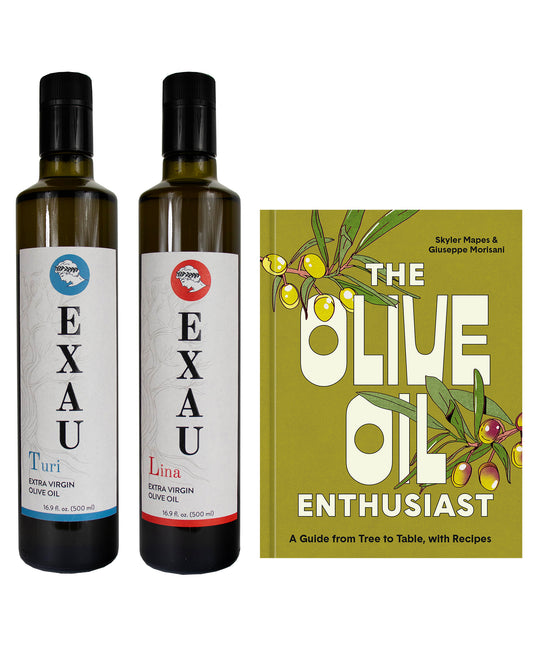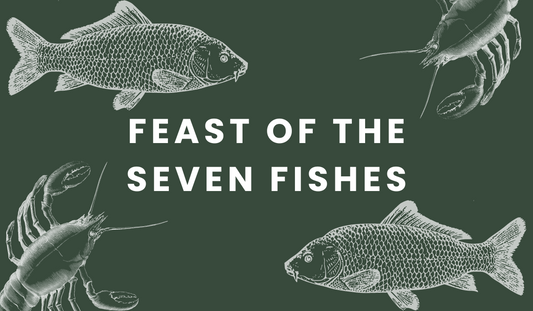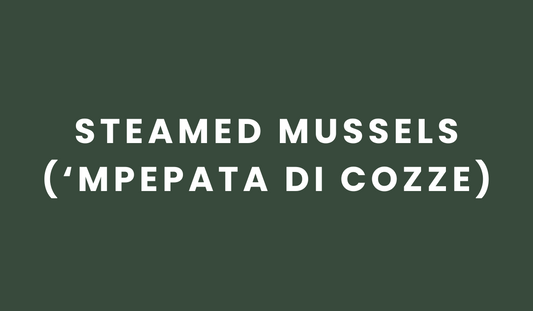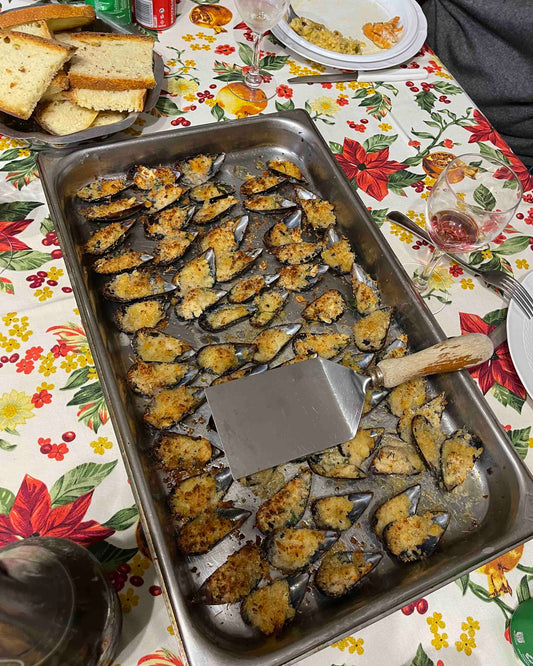Every cuisine has a version of a soffritto used as the base for soups, stews, and sauces. In Italian, it’s spelled soffritto and is derived from the verb soffriggere which means ‘under-fried’ or ‘fried slowly’.
What is Soffritto?
Soffritto is a combination of aromatics and vegetables that are slowly fried in cooking fat and used as the base for soups, stews, sauces, and more. Soffritto is almost always the first step in the cooking process before adding additional ingredients such ground beef or rice.
The fat can be one or a combination of the following:
- butter
- vegetable oil
- canola oil
- avocado oil
- olive oil
However, each culture has its own unique spelling, name, and/or ingredients for soffritto.
Different Types of Soffritto
For example, in Hispanic cuisine, you can find sofrito which often includes bell pepper. In Brazil there’s refogado and in the Dominican Republic they have their own version called sazon.
In French cuisine, you’ll find mirepoix which has the classic combination of onion, carrot, and celery but with a different proportion of ingredients.

What is Italian Soffritto?
Italian soffritto is traditionally composed of onions, carrots, celery, and a few seasonings which delicately fry in extra virgin olive oil, it’s used as the foundation for ragù, soups, and more. However, the cooking fat may change from region to region.
Northern Italian Soffritto
For example, in northern Italy you often soffritto fried in animal fat or butter. Especially in the mountainous regions near the alps, it’s common to find goose fat and butter.
Southern Italian Soffritto
In southern Italy, where the use of butter is nearly considered illegal, you’ll find soffritto exclusively fried in extra virgin olive oil. However, there are pockets of southern Italy where the use of animal fat, such as pork, is quite common. Customs change quickly and there’s no one right way to make soffritto.
Recommended Cooking Fat
We recommend using a high-quality extra virgin olive oil for soffritto. This is not the time to go with a low quality oil. This is because soffritto creates the foundation of a dish, so you’re able to tell the quality of the products used.
Remember, the job of extra virgin olive oil is to fry the aromatics and vegetables, and when doing this the oil both contributes and absorbs many of the flavors.
It’s best to use an EVOO that compliments the final dish because it helps transport concentrated flavors into each bite.
What If I want to Use Animal Fat?
If you feel inclined to use an animal fat you have two options. You can use a product like goose fat which you can use the same as you would butter or oil.
Or you can use a meaty fat. If going those route we recommend guanciale or bacon because they have a high concentration of fat and provide another great layer of flavor. Add this to the pot first and cook on super low heat for at least fifteen minutes. Really allow the cat to render and melt off. Then add the vegetables.
If you use a small amount of guanciale or bacon you might have to also add some EVOO and that’s fine. Add the oil to the meat, stir then add the veggies. Continue on with the recipe as usual.
Choosing the Right Ratios
While there may be a debate on the appropriate cooking fats for soffritto, most can agree on the base aromatics and vegetables used.
The traditional ratio for Italian soffritto is 2:1:1; onions, carrots, celery. This does not translate to using 2 onions, 1 carrot, 1 celery. Realistically the proportion should be based on quantities of diced vegetables.
However, you can (and should) adjust the ratios based on the desired amount of onions, carrot, and celery you enjoy in a dish. *Rules were made to be broken*.
Onions
Onions make a soffritto more aromatic and sweet, especially when cooked low and slow (re: carmelized onions). If you want more aromatics in your soffritto then add more onion.
But it’s also important to note this vegetables has a strong taste and can overpower a sauce when used in excess or not cooked down all the way. When cooked down nicely onions almost completely melt into a soup, stew, or sauce. The texture may thicken the sauce.
Carrot
Carrots can add sweetness to soffritto. If you enjoy a little extra sweetness in beans, soups, or stews then add more carrot.
This root veggie tends to hold its shape pretty well in soups, stews, and sauces. Carrots also add a bit of bulk which can work very nicely for soups and stews. For ragù it’s best to dive carrot quite fine.
Celery
Celery makes a soffritto more fresh and earthy. If you enjoy a more subtle and delicate taste to soups and stews then add more celery. It also adds wonderful texture as it holds its shape very well. It will make soups and stews slightly more chunky.

How to Season Your Italian Soffritto
Soffritto needs to be well seasoned and the best way to do this is with fresh or dried herbs. Our favorites are fresh rosemary, fresh sage, dry fennel, dry bay leaf, and black whole peppercorn.
We usually stick to two or three main herbs plus peppercorns, but there really is no right or wrong way to season soffritto! You should experiment with the herbs and flavors you like best.
Also, don’t forget to experiment with toasting whole herbs and spices first. Some freshly toasted peppercorns or bay leaf can really pop things off.
The only requirement is to use enough herbs to season what will be an entire pot of delicious stew, beans, sauce, etc.
Adding Peperoncino (spicy pepper)
We sometimes add peperoncini to soffritto, it depends on the dish. For ragu we do not, however, for soups and stews it’s fair game.
When to Use Italian Soffritto
You can use and make soffritto anytime you make a soup, stew, beans, or sauce you can use a soffritto! It’s the perfect way to get things started on the stove while finishing up chopping/grating/washing other ingredients.
Also, while it’s easy enough to roughly dice the veggies and aromatics and throw them in a pot, if you need things diced extremely fine use a food processor.
Note: Sometimes using the food processor can feel like a pain, however, if quickly rinsed out immediately and set aside it will be very easy to wash with soap and water later.

Beans
Soffritto for beans can use (or skip) just about any aromatics, vegetables, and spices you have on hand. Don’t feel constrained to a traditional soffritto when making beans. This is the place to experiment or do a fridge clean.
However, if you like your beans a little bit on the sweet side, consider adding a few more carrots. If you want things to be a bit more earthy and herbal use more celery and add sage. We don’t recommend adding any salt to soffritto for beans.
Ragù and Lasagna
A traditional soffritto is a must for recipes such as ragù all bolognese and lasagna. It provides a very strong base for sauces.
For ragu we recommend an altered version of soffritto. It’s better to start with a fatty meat such as guanciale, before adding any vegetables to the pot. Cook the guanciale low and slow, allowing all the fat to cleanly melt off.
Do not let the pot smoke, you want to do this very low and slow. Once almost all of the fat has melted, add the onion, carrot, celery, and some extra virgin olive oil. A mix of meat and fats will build a super strong foundation for the sauce and make it taste more round.
Soup
A soffritto for soup is another great place to experiment. However, don’t overdo it. Soup, especially if its going to be pureed, has the ability to concentrate flavors.
Choose two to three main veggies for the soffritto and then either cook the rest in a broth that’s used in the soup or add them diced into to the soup later.
Shop our collection of high-quality Italian EVOO today!
You May Also Like…
Tagliatelle alla Bolognese Recipe (Ragù Bolognese)
Eggplant Parmesan Recipe (Parmigiana)
Pasta con Pancetta e Zucchine Recipe (Pasta with Pancetta and Zucchini)
Hey, we wrote a book all about our favorite cooking fat. If you want to learn more get your copy today!
If you make this soffritto, please leave a comment and give this recipe a rating! We love to hear from you. And if you do make this recipe, don’t forget to tag us on Instagram and Facebook and use #EXAUoliveoil so we can repost!
